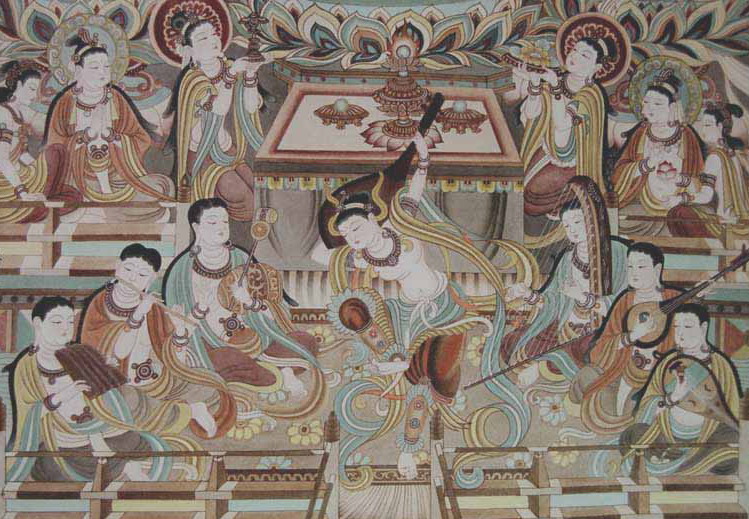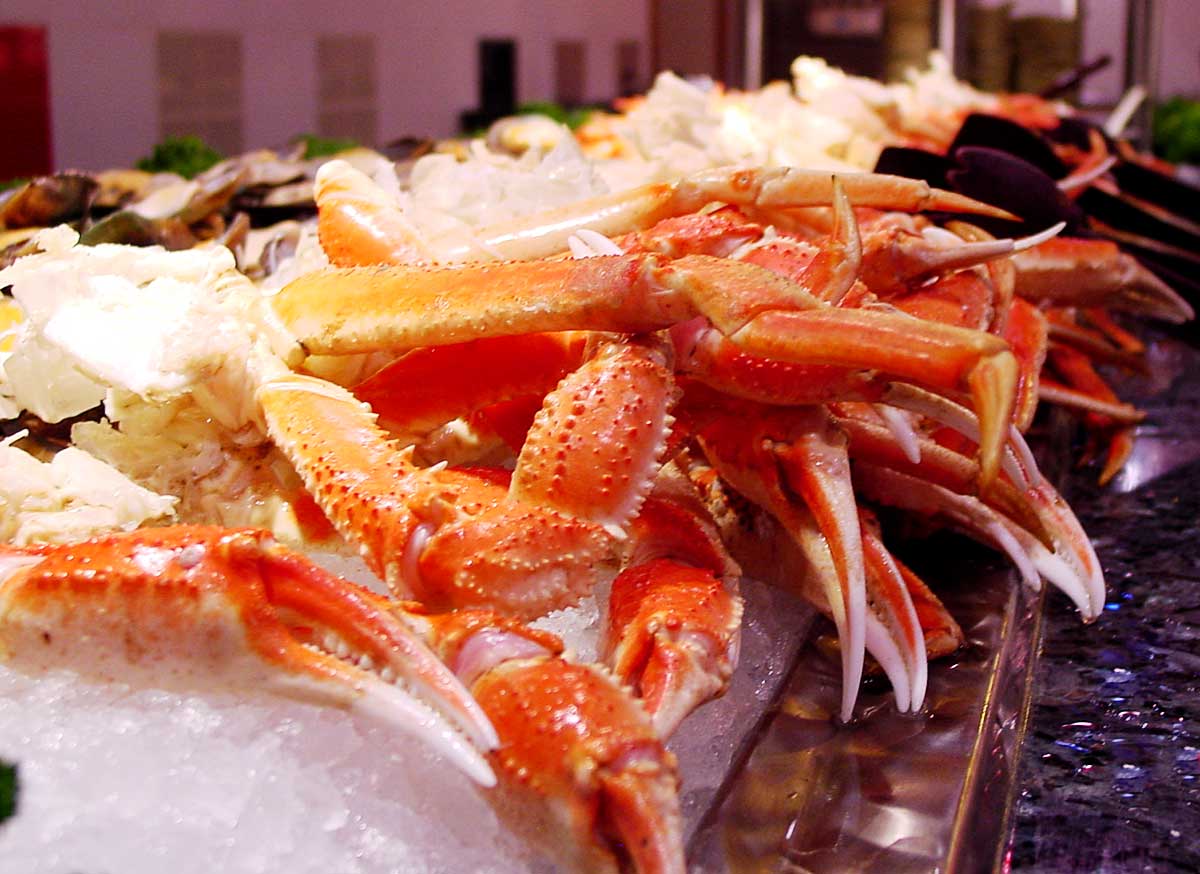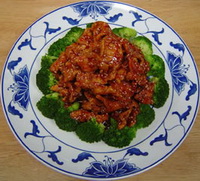
Gansu is one of the birthplaces of the Chinese nation and ancient Chinese civilization. In history, the world famous Silk Road traverses the whole province, thus made the province the earliest place opening to the outside world for economic and cultural exchanges between the east and the west as well as exchanges between different nationalities. As early as in the Old Stone Age of 200,000 years ago, the remote mankind had already lived and multiplied on this land. Fuxi and Shengnong, the earliest ancestors of the Chinese nation lived in compact communities in Tianshui. The ancestors of Zhou (11-256 B.C) and Qin (221-206 B.C), both taking the eastern part of Gansu as their base, grew from strength to strength and fulfilled the great cause of unifying China. In the period of over 2,000 years from Han, Jin, Sui and Tang Dynasties to Song, Yuan, Ming and Qing Dynasties (206 B.C-1911 A.D), Gansu had added a glorious chapter to the Chinese history and made great contribution to the economic and cultural exchanges between China and the western countries.
In the Sui and Tang Dynasties (581-907 A.D), especially in the years of Kaiyuan and Tianbao Periods, the height of power and splendor of Tang Dynasty, Gansu became one of the economically prosperous areas. It's agriculture, textile, gold production, water resources development and utilization took an important position in the whole country. According to the record of “the Comprehensive Mirror for Aid in Government”, “No place under heaven was as prosperous as Long”.
In Sui and Tang Dynasties, trade between China and the western countries mainly through the land routes, which started from the ancient capital Chang'an, passed through Dunhuang, the western end of Hexi Corridor and then divided into different ways. After Sui Dynasty (581-618 A.D) unified China and because of the powerful and prosperous national strength and continuous social and economic development in Gansu, people from the Western Regions came to Zhangye to do business with China. In the 3rd year of Daye Period (607 A.D), Emperor Suiyangdi paid an inspection tour to the Western Region and was warmly received by people from 27 tribes there with incense burling, and soldiers riding on horses with rich dresses. The welcoming people stretched dozens of miles.
Up to Tang Dynasty (618-907 A.D), Gansu's position in international trade reached an unprecedented height. Hexi became an important place for China's external trade and large numbers of merchants came to Hexi for business. Thanks to the stable political environment and development of foreign trade, economy and social life in Hexi was very prosperous in the earlier and middle periods of Tang Dynasty. Poet Yuanzhen of Tang Dynasty once wrote such a poem: In the west Liangzhou the signs of human inhabitation and mulberry trees can be seen everywhere. People enjoy grape wine with music as they like. Brilliant red and blue flags are flying on the pavilions. This is the vivid description of the prosperity during that time.







 PREVIOUS
PREVIOUS